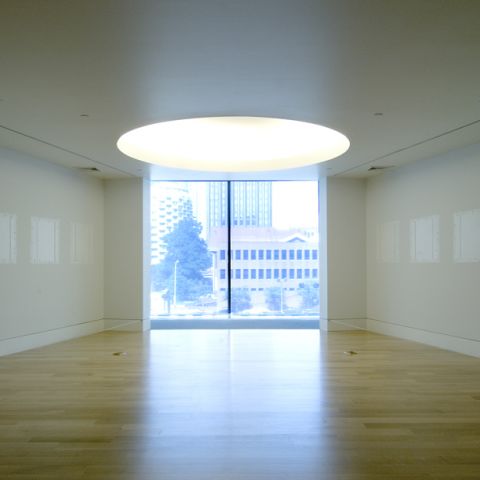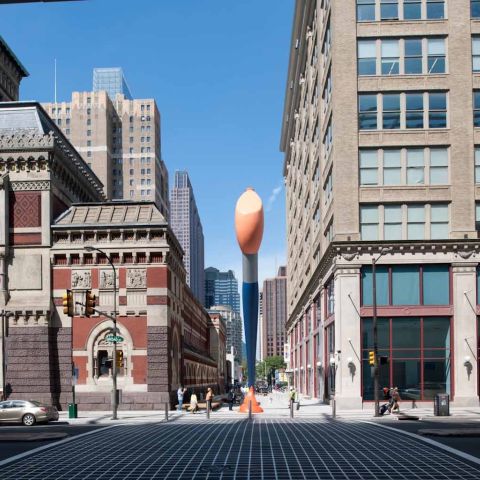Love Letters to Earth
Opening Reception: Thursday, September 20th, 5-7 PM
Curatorial Notes
PAFA’s Alumni Gallery is pleased to present a selection of works by Philadelphia artist, Marguerita Hagan (MFA '10).
Inspired by the sea, Hagan’s work is informed by extensive research down to magnifying the networking of micro marine organisms, our planet's champion primary producers. While she shares the richness of our diverse environment with each series and project, it is the universal rhythm connecting life that remains a constant in her practice. This interdependence has allowed all communities to thrive for eons. She celebrates this life force in her vast ceramic range from glistening intricate micro marine architecture to primitive pit-fired sculpture embodying an ancient language.
The structure of Hagan’s creative life echoes the passion fueling her ceramic work, teaching and community arts. She has developed a strong creative community through and beyond her studio and home where ideas, resources, and fun gather. Hagan’s Studio Ceramic Program has introduced clay to numerous local and visiting artists, including Pafa students and alumni, launching ceramic projects and careers. She has exhibited her works nationally and internationally and lectured in both artistic and scientific settings. Her works are currently on view in PAFA’s Alumni Gallery, recently at The State Museum of Pennsylvania in Harrisburg, Pennsylvania and in the Bodine Cancer Treatment Center at Jefferson Hospital in Philadelphia, Pennsylvania.
Thoughts from the Artist
A cohesive and diverse ceramic play on light, expansion, and interdependence.
Each of the different series in Love Letters to Earth honors and celebrates thriving communities and environments:
Micro Marine Abstracts; La Mer shields and installation; Grow series’ organic meditations and Rongorongos (Rapinui: incised for chanting out) primitive pit-fired sculpture.
The elasticity and memory of clay lie within the surface tension of the microscopic hexagonal particulates giving it strength and plasticity. The adaptive nature of clay offers infinite possibilities in form and an illuminating model for mutual sustainability at this climacteric time of change. Clay comes from the most abundant elements in Earth’s crust forged in nuclear furnaces inside stars. We and all life on our beautiful blue planet, like clay, are stardust.
SiO2, Silicon dioxide or silica, found in 60% of Earth’s crust is the basis of clay and glazes. As well as the particulates of my sculpture and shine in the glazes, silica is the architecture of the microscopic primary producer's diatoms and radiolarians housing plankton. Diatoms alone provide over 25% of the planet’s oxygen and this ceramicist’s artistic breath with the material of my kiln brick from the ocean floor.
Artist Statement
What does Light talk about? I asked a plant that once.
It said, ‘I am not sure, but it makes me grow’
– Thomas Aquinas, 1225 – 1274
…Oak trees know. Their roots graft into one flesh so they may share mutual sustenance, benefiting the community as a whole. When one tree is in need, the healthy ones direct their energy in support. This light-giving flow has enabled all life to thrive for eons.
Inherent potential realized moves everything, even light itself.
It certainly moves me.
My work is a response to this light—
Ideas start as “seeds” and may grow in number and scale. On the move, my interdependent forms and projects dance, fly and reflect in a continuous heliotropic adventure, energized with every opportunity.
We're so excited you're planning to visit PAFA!
Make time for art — visit us Thursday to Sunday.
Before reserving your tickets, please review helpful information about museum hours, accessibility, building access, and special admission programs.
If you have any questions, feel free to reach out to us at visitorservices@pafa.org — we’d love to help!


